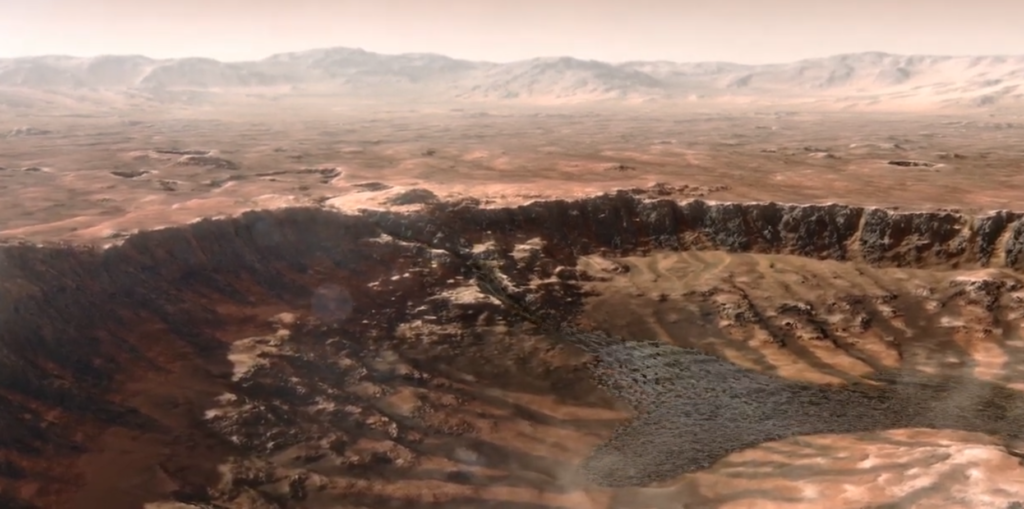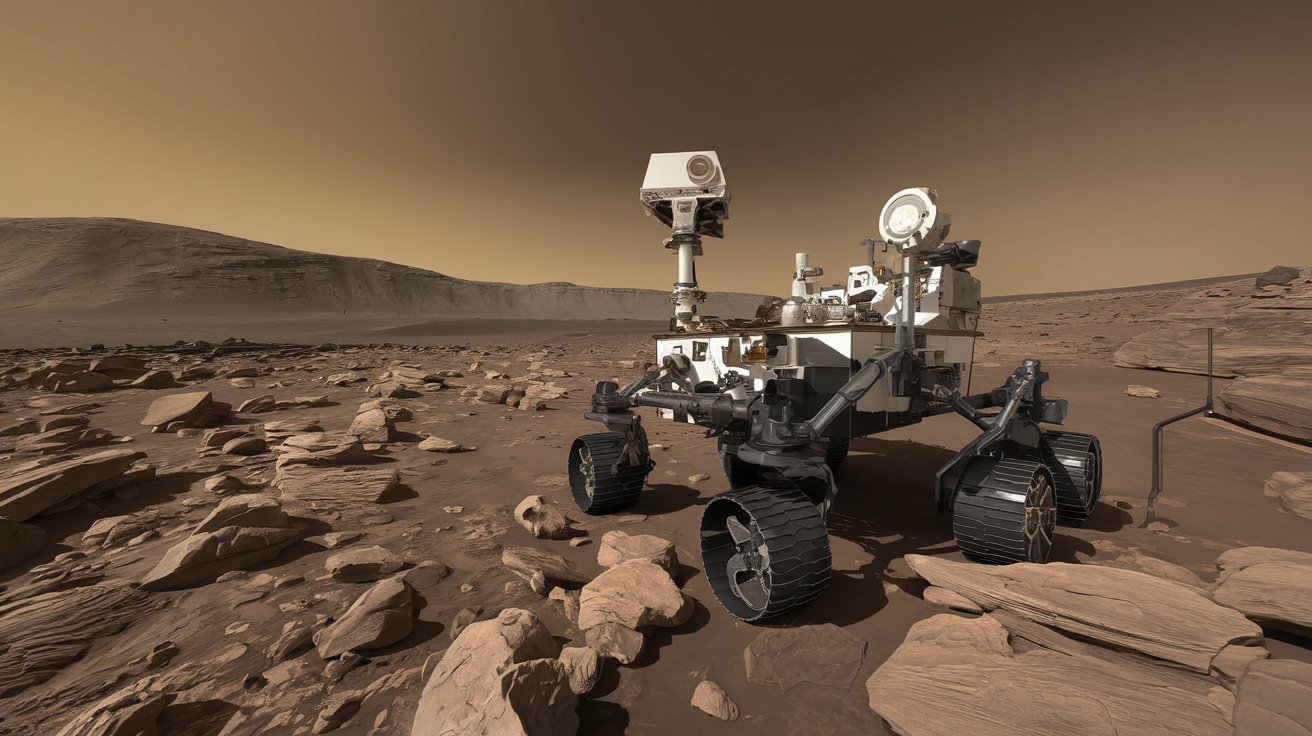NASA’s Latest Discovery: Evidence of Life on Mars? What This Means for the Future of Space Exploration
NASA’s latest discovery has sent shockwaves through the scientific community and beyond: evidence of potential life on Mars. This groundbreaking finding could redefine our understanding of the universe and propel space exploration into uncharted territories. As NASA continues to analyze data from its Perseverance rover, the world is buzzing with questions. Could this be the first concrete proof of extraterrestrial life? And what does this mean for the future of humanity’s quest to explore the cosmos? In this article, we’ll dive deep into the details of this discovery, explore its implications, and discuss how it could shape the future of space exploration.
Table of Contents
The Discovery: What Did NASA Find?
NASA’s Perseverance rover, which landed on Mars in February 2021, has been meticulously exploring the Jezero Crater, a site believed to have once been a lake. Recent data from the rover’s instruments has revealed organic molecules—a potential indicator of past or present life. While organic molecules can also form through non-biological processes, their presence in conjunction with other geological evidence has scientists optimistic.
According to NASA, the rover has also detected methane fluctuations in the Martian atmosphere. On Earth, methane is often produced by living organisms, making this discovery particularly intriguing. While these findings are not definitive proof of life, they are the strongest indicators, yet that Mars may have once harbored living organisms—or could still be doing so in some form.
What This Means for the Future of Space Exploration
The discovery of potential life on Mars is a monumental step forward in our understanding of the universe. Here’s what it could mean for the future of space exploration:

- Increased Funding and Interest in Mars Missions
This discovery is likely to galvanize public and governmental support for future Mars missions. NASA’s Artemis program, which aims to return humans to the Moon as a steppingstone to Mars, could see increased funding and accelerated timelines. - Collaboration Between Space Agencies
The search for life on Mars is a global endeavor. NASA’s findings could foster greater collaboration between space agencies like ESA (European Space Agency), ISRO (Indian Space Research Organization), and CNSA (China National Space Administration). - Advancements in Astrobiology
The field of astrobiology—the study of life in the universe—will undoubtedly benefit from this discovery. Scientists will develop new tools and techniques to detect and analyze potential signs of life on other planets. - Inspiration for Future Generations
The possibility of life on Mars could inspire a new generation of scientists, engineers, and explorers. It reinforces the idea that humanity’s future lies beyond Earth.
Conclusion
NASA’s discovery of potential life on Mars is a watershed moment in the history of space exploration. While the findings are not yet conclusive, they open up exciting possibilities for the future. From increased funding for Mars missions to advancements in astrobiology, the implications are far-reaching. As we continue to explore the Red Planet, one thing is clear: humanity’s quest to understand the universe has taken a giant leap forward. [USnewsSphere.com]








